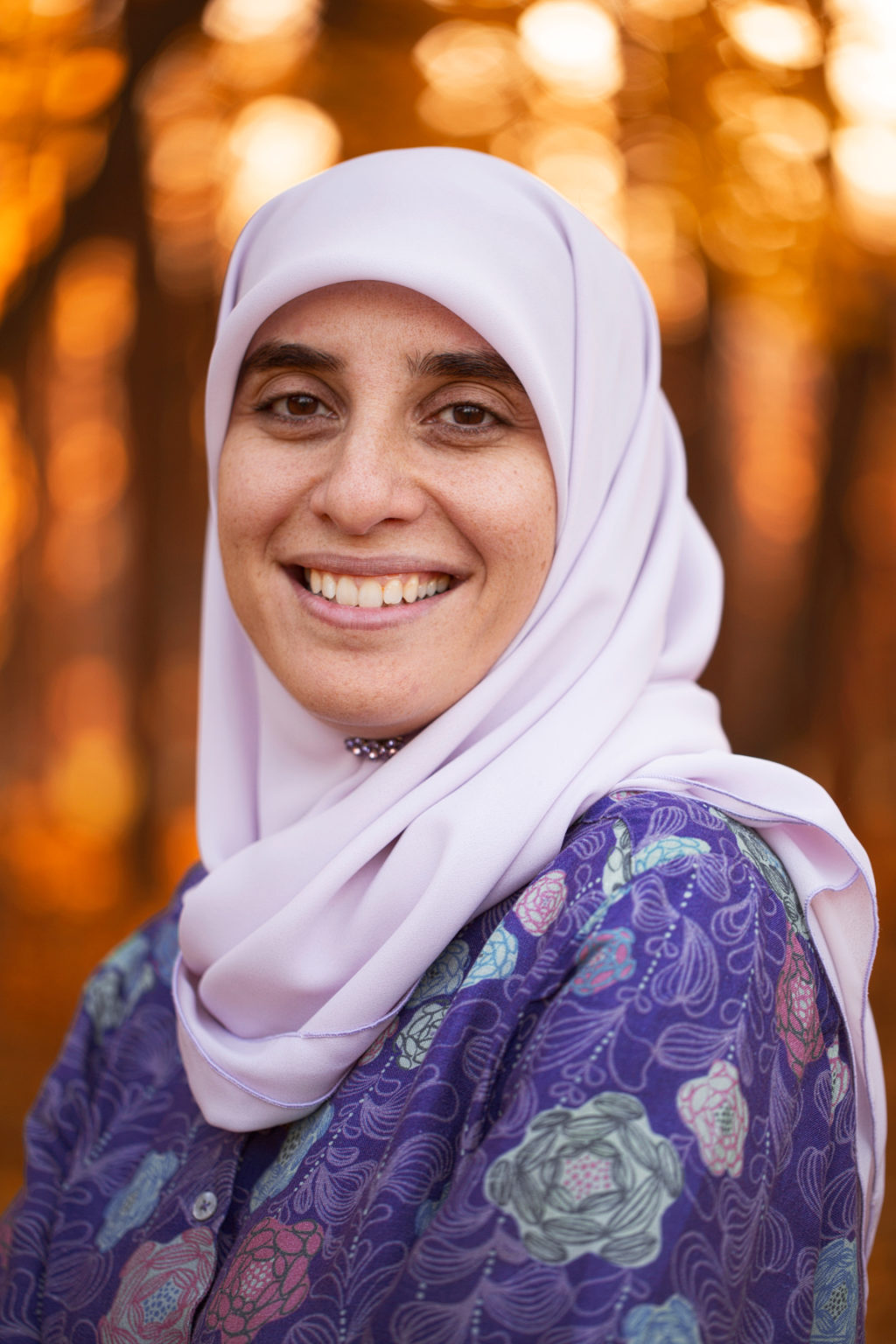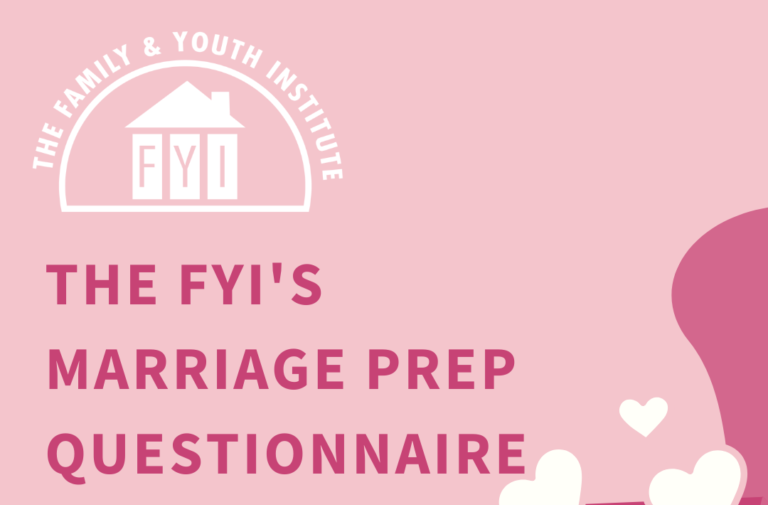
Making Meaning out of the Movies
An Emotionally Intelligent Look at Pixar’s Inside Out
Sorry, Finding Nemo, your stellar ranking in mindful movies has just been topped by Pixar’s clever new film, Inside Out. This movie invites us to deeply explore our inner thoughts and emotions and how it affects our relationships with those around us. Parents may pleasantly find the movie to serve as both a cathartic experience in realizing their own emotional directedness as well as a springboard to meaningful discussions on self-awareness with their children. Movies can be great resources in articulating powerful messages, all under the guise of entertainment.
Here are a few take-home points that parents can gain from the movie:
The transition from childhood to adulthood is quite a turbulent time.
Yes, Riley was going through a move and having to start all over, which can be difficult for anyone. But part of the change in 11-year-old Riley was her adolescent brain solidifying her personality islands, creating a new emotional dashboard, and trying to find out who she was. This involves discovering new footing with her parents and peers, letting go of dated concepts, and learning to conceptualize those wacky abstract ideas in life. Who am I? What do I represent? How do I want others to perceive me? Who do I want to be with? Where do I stand on certain issues? What are my core values? These are all questions that are natural and healthy for adolescents. In fact, according to Erikson’s famous psychosocial theory, children in this developmental stage must resolve this conflict of formulating their identity lest they lead a future life of role confusion. Individuals who fail to fully discover who they are will very likely find difficulty and lack of fulfillment in later developmental stages of life, particularly those of intimacy.
That’s quite a lot of work the brain must accomplish! Hence, the perplexing attitude of our once sweet child. Many parents find themselves grappling with this new character in the home. One minute she wants to be independent, the next she’s looking for her parent’s support. Why all the questioning? Will he abandon all that we’ve taught him? What kind of friends are those? What’s up with the new hairdo or outfit?
Some parents may find themselves nostalgic, missing the simplicity and innocence of their young one. Yet, as depicted so eloquently in the film (I assure you, the tears were flowing), we have to allow our children to take this stage in stride. With our gentle guidance, we must allow our adolescents to create a sound moral compass and discover the essence of who they are. Most importantly, we must learn to slowly let go. It is not necessarily that our child has gone to the wayside, but that their brain is just sorting things out. Parents themselves will need to shift gears and transition into becoming a guide, simply offering tools and affirming experiences for their newfound young adult–all the while hoping and praying their child doesn’t get too scarred in the process. Indeed, in that is true tawakkul, and the result, a more confident, well-rounded adult.
The question that arises for many parents is: what is it that defines and formulates our child’s identity? What helps individuals make sense of the world around them? It would benefit parents to understand the core premise of Inside Out, that:
Emotions serve as the guiding force to our personalities and worldviews.
As the movie ingeniously allows us to take an inside view of the human brain, we see that every person has a different emotion in charge. While other emotions still exist, we learn that only one emotion takes the lead. This lead emotion tints how the individual sees the world, stores their memories, and influences the decisions and actions they make in life. This is in much alignment with psychological theory and research, where we have come to understand that humans are born with certain temperaments and tendencies. As they grow older, these tendencies influence who these individuals become.
In one of the most influential psycho-spiritual tools for discovering personality type, The Enneagram categorizes personalities by three guiding forces: Anger, Fear, and Image. As was depicted through Inside Out’s five main emotions (Anger, Fear, Disgust, Joy, Sadness), the direction of these forces are what create the many permutations of personality we may find in those around us.
Coming to a self-awareness of their own lead emotions, as well as those of their children, can help parents become more mindful of their interactions and guidance. A child or parent led by Disgust can be very different from one led by Anger. This kind of awareness helps us understand why not wearing the latest in fashion may be a cause of embarrassment for one child, but not another. It may help us understand why the Anger-led parent seems to be in constant conflict with one of her children (Anger-led) over others. It demonstrates why we may prefer or fall back on certain parenting techniques or styles, perhaps those that resonate well with our emotion in charge. We can come to a better understanding of why and how we may perceive an activity or experience quite differently from our loved ones. This kind of introspection helps us become more empathic and on the search for suitable tools that would best navigate each child’s unique personality.
In one of my favorite scenes of the movie, Anger takes the lead and decides the best course of action to deal with the problem at hand is to run away. Anger comes up with an idea, and Riley goes through with it. As cognitive behavioral theory would suggest, this scene depicts how thoughts influence feelings and, in turn, how feelings influence actions. By helping our children (and ourselves) realize their lead-emotion’s tendencies, they can learn to pause, reframe their negative thoughts (or reaffirm positive ones!), and thus direct their actions.
It is important to note that culture would have us believe that some emotions (and consequently certain personalities) are more preferable and better than others. Conversely, the film invites us to see that:
All emotions are important and serve a vital purpose.
Initially, Joy desperately tries to suppress Sadness by all means necessary. She tries to keep her within her “circle” and shield her from any influence on Riley’s memories. Like many of us, she is under the presumption that Riley must feel joy at all times in order to be happy. What she comes to understand is Sadness plays a very important role in Riley’s self-development and growth. Sadness allows us to slow down, empathize with others, and, oftentimes, connect us with those we love. In the scene where Sadness comforts the character named Bing Bong, we see how skilled she is in active listening as she reflects and validates his feelings. Joy, on the other hand, attempts to divert his feelings without truly allowing him to soak it in. Only when Bing Bong is given the opportunity to express and feel his emotion does he feel better and can move on.
Similarly, we must do the same for our children. For many parents, it seems that certain emotions, and thus certain personalities, cause discomfort and are tied to specific connotations. Every emotion, depending on how it is directed, can either be positive or negative. Like Riley’s parents, many of us want to see our kids perpetually happy. In many ways, we pressure them to avoid other emotions at all costs. We don’t want our kids to experience any fear, we don’t want them to ever be angry, and we worry about the repercussions. We then find ourselves with a generation of young adults who lack resilience and the ability to face challenging situations.
The repertoire of emotions that Allah (swt) has blessed us each serves a vital purpose. Fear can help us be more cautious and make calculated decisions. Anger can be the drive to help us start over again or fight for social justice. The personalities created or led by these emotions can be equally impactful and should be respected and loved.
Can you imagine if the Prophet (saws) looked with disdain at the different personalities of Abu Bakr and Omar (ra)? He knew how to mentor both of them according to their guiding forces and loved them dearly. Did not Abu Bakr (ra) have fear in the hijra of getting caught and the Prophet (saws) reminded him of Allah’s (swt) third presence? It was this same Fear in Abu Bakr that allowed him to have such high taqwa and reverence of Allah, and, consequently, be such an effective leader. It was Omar’s Anger that was the impetus for social change, making him one of the most just leaders of his time.
Not only must we accept our children’s emotions, we must learn to accept our own as well. We see that Riley’s mom’s dominant emotion was Sadness, which helped her to be intuitive on her daughter’s feelings and cues. Although Riley’s dad’s dominant emotion of Anger was not depicted in the greatest manner, one can see its possible benefit in enforcing or implementing household rules. Combined, Riley’s parents seem to be comfortable in their own differences and make a good team in fostering Riley’s development and growth.
How can this awareness help foster a positive parent-child relationship? First, parents can help children label emotions by reflecting what they see. “You’re angry because your sister took the last cookie.” Parents should train themselves to not fix every situation and allow their child to experience the feeling of the moment. Rather than saying, “stop crying” or “you’re fine” when they fall off their bike, we can say, “ouch, that must have hurt!” When our child says, “I hate my teacher! She’s so mean,” simply answering with “Oh?” opens the door for our kids to share their frustrations and find a way to work it out. Last, we should try to be comfortable showing kids our most vulnerable emotions. Allow them to see you cry: “Yes, I am sad; she was very dear to me, and I will miss her.”
When we give our children the opportunity to identify and recognize different emotions and articulate them with the right words, it helps them be more mindful of themselves, others, and their surroundings. We can use these opportunities in discussing how an emotion can lead to both positive and negative life choices.
Memories are tinted by emotions and influence our identities and life choices.
What does the smell of a new box of crayons remind you of? How does it make you feel? It all depends on how that first experience registered in your brain. Many may relate a box of crayons to going to school for the first time. While it may have been a happy experience for some, for others, it might have been an anxious one. The ways our emotions tint these memories become engrained in who we are and can influence many of our future life choices. We may or may not be fully conscious of the emotional tints of our memories; nevertheless, it continues to impact us.
Drs. Dan Siegel and Mary Hartzell’s enlightening book, Parenting from the Inside Out (what a coincidence), makes the point that our parenting patterns stem from memories we have as children with our own parents. Research shows that our parenting struggles may very well be related to unprocessed memories or experiences that may need healing. We may feel stuck in a negative pattern because we are wired to repeat what has happened in the past. Being aware of this influence can help parents take active steps in reframing that experience and changing their personal narrative.
This mindfulness is equally applicable to our children. It is interesting to note that as was depicted in Riley’s tinted core memories, the story we tell ourselves of an incident is more important than the incident itself. We may notice that siblings in the same family undergoing the same experience may have different commentaries, all depending on their emotional lens. It makes me chuckle how each of my children relay our ‘educational’ outings. One may comment about the passing turtle who was looking for her mama, the other might talk about how her feet hurt from all the walking, while the third talks about the wonder of the historical monument! Each member in the family will store a memory differently. By having family discussions that share these different perspectives, we can better understand our children’s tints, assist our children in seeing the diversity of our views and lenses, and foster the creation of a shared family narrative.
To help conceptualize the movie’s central concepts, families may find the suggested prompts and activities below useful. It is recommended that families watch the film* together before engagement.
Prompts:
- Which emotion do you think is in charge most of the time in your brain? Which do you think is the dominant one in your sibling/friend/parent?
- What would you say are your five most important core memories? How are they tinted?
- What silly memory pops up in your head often? A tune? A picture? A joke? (Lots of fun with this one)
- What are your personality islands?
Activities:
- Make a collage sheet to represent each of your personality islands. Add on to each sheet as you discover more aspects to the island.
- Create a photo album of “Core Memories.” Have different family members write down how they perceived the memory, what was the best/worst thing they liked about it.
- Set aside time each week to discuss the week’s memories. Where do you think they will be filed? How are these memories tinted?
*Most suitable audience for film is upper elementary school-aged and up.




